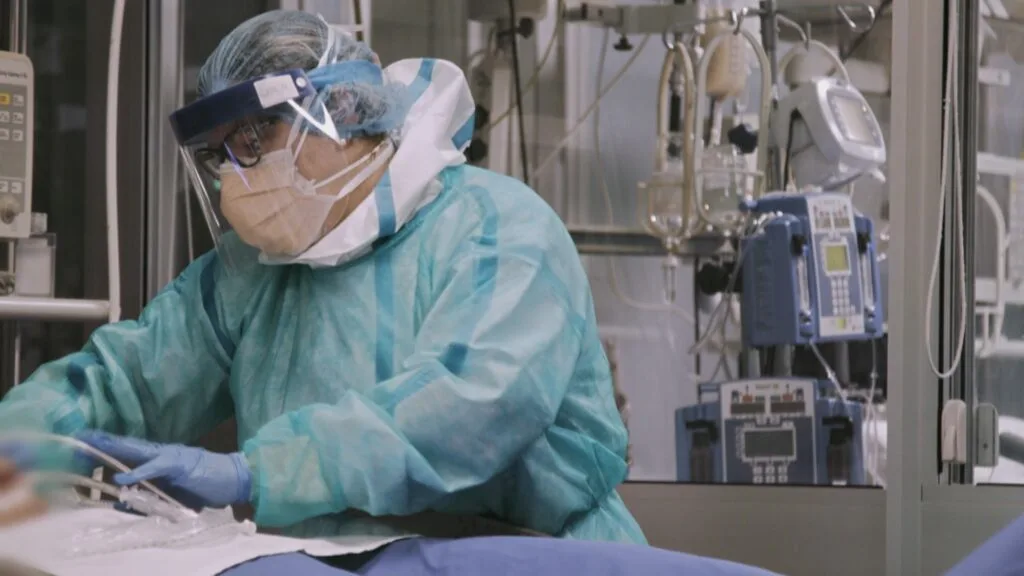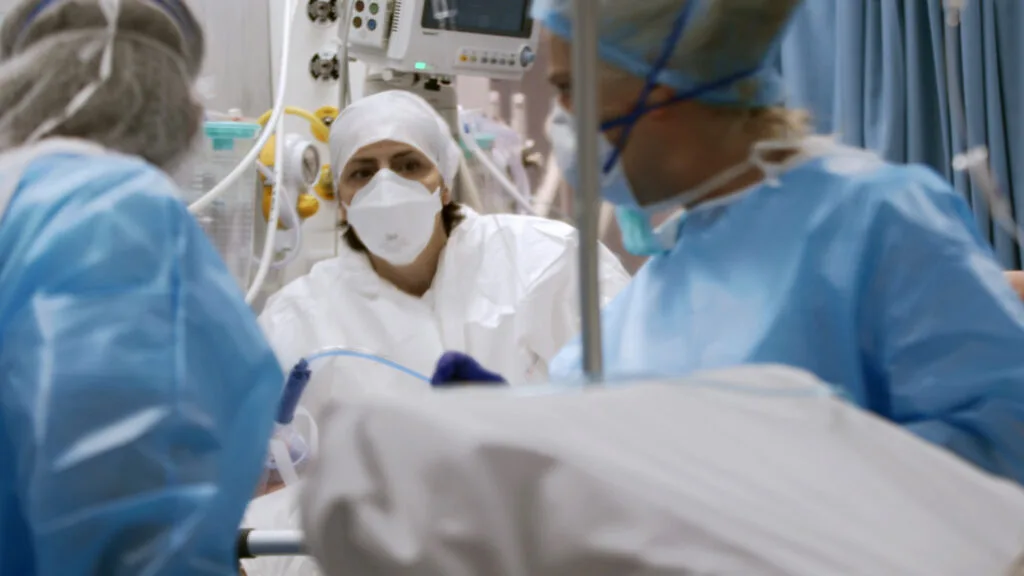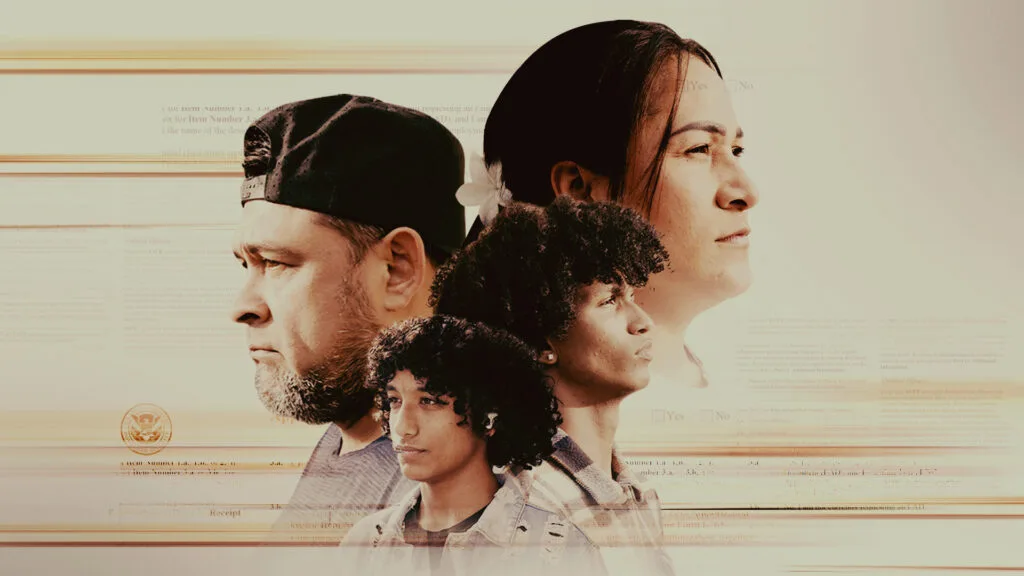“By a Hair”: The Precarious Fight Against COVID-19 in Cremona, Italy

By
Zoe ToddMay 19, 2020
Share
At a hospital in northern Italy, the oxygen had stopped flowing.
Nurse Cristina Pilati looked around frantically, scanning the COVID-19 patients in her intensive care ward. Pilati hadn’t slept well. She’d been crying, overwhelmed by a steady onslaught of new cases. Now, she faced the worst scene of her fight against the novel coronavirus’ spread through her city of Cremona.
“I was desperate, I really thought: ‘Now we have to decide,’” Pilati said. “Who do we save? We already know that not everyone is going to survive, so let’s save the oxygen for the ones we know that have more chances to be saved. Let’s make a sort of pre-death triage. It was the most terrible thing ever.”
The hospital’s oxygen system had malfunctioned after heavy use, said Dr. Francesca Mangiatordi, who also works at the hospital. Gas was no longer moving through the pipes, leaving staff in the intensive care unit to pump air by hand into patients’ lungs. Mangiatordi said it was the only way to keep them alive.
By the time a technician arrived, some of the spare oxygen tanks were almost empty. If the system didn’t start working soon, Pilati estimated as many as 22 patients could die. She recalls the technician said, “just give us three minutes, we’re already solving the problem.”
Pilati waited, eyes fixed on the oxygen system. “That was the worst part, that was really the worst part,” she said. “I remember that I swore a bit and said, ‘God help us if you’re there.’”
After three minutes, they tried the oxygen again. This time, it worked. When Pilati looked up at her patients, she said she realized “they didn’t die – by a hair.”
Pilati described the scene to filmmaker Sasha Achilli for Inside Italy’s COVID War, which airs May 17. Achilli spent three weeks embedded in Pilati’s hospital, the Ospedale Maggiore di Cremona, in Italy’s Lombardy region.
Italy is among the countries that have been hit hardest by the novel coronavirus, recording one of the highest known mortality rates. More than 30,000 people in Italy have died, which accounts for roughly 14 percent of the country’s confirmed COVID-19 cases, according to data from the John Hopkins Coronavirus Resource Center.
Pilati remembers first hearing about the virus in January. She had been planning to visit Thailand with friends in March and recalls her mother urged them to cancel the trip. But at the time, Pilati said she brushed off the warning, certain the virus wouldn’t reach Italy — much less her idyllic city of Cremona. Then, near the end of February, news broke of a COVID-19 diagnosis in nearby Codogno. Pilati was cleaning a patient when she heard the headline on a hospital television.
“I remember that I thought ‘What? Codogno?! That’s just 20 kilometers away from here,’” Pilati said. “My first hope was that it could be just an isolated case, and that there would be only a few cases but limited to that area.”
Three days later, Pilati was rushing her hospital’s first known COVID-19 patient to the intensive care unit. The man’s blood oxygen levels were dangerously low, and he was struggling to breathe. A doctor called the man’s wife, and “they said goodbye to each other on the phone,” Pilati recalled. “And then he was intubated.”
The doctors and nurses at Ospedale Maggiore di Cremona have since grown used to wearing their protective equipment like armor. When Pilati takes off her mask, gloves and coveralls, she says she feels naked. She constantly disinfects her hands, even scrubbing her face and body with a harsh, hydroalcoholic gel. Pilati said she doesn’t want anyone on her conscience should she spread the virus.
“At a certain point, I started feeling really [powerless],” Pilati said. “I was always crying … I was really … overwhelmed … not to know what to do … not to know how to manage this. You find yourself fighting an enemy you don’t know at all.”
To hear more from Pilati and her colleagues, watch Inside Italy’s COVID War. Filmmaker Sasha Achilli also talked to FRONTLINE executive producer Raney Aronson-Rath for the “Covering Coronavirus” podcast. The conversation is available on Apple Podcasts, Stitcher, RadioPublic and Google Podcasts.
—Sasha Joelle Achilli contributed reporting.

Related Documentaries
Latest Documentaries
Related Stories
Related Stories
Policies
Teacher Center
Funding for FRONTLINE is provided through the support of PBS viewers and by the Corporation for Public Broadcasting. Additional funding is provided by the Abrams Foundation; Park Foundation; the John D. and Catherine T. MacArthur Foundation; and the FRONTLINE Journalism Fund with major support from Jon and Jo Ann Hagler on behalf of the Jon L. Hagler Foundation, and additional support from Koo and Patricia Yuen. FRONTLINE is a registered trademark of WGBH Educational Foundation. Web Site Copyright ©1995-2025 WGBH Educational Foundation. PBS is a 501(c)(3) not-for-profit organization.



















